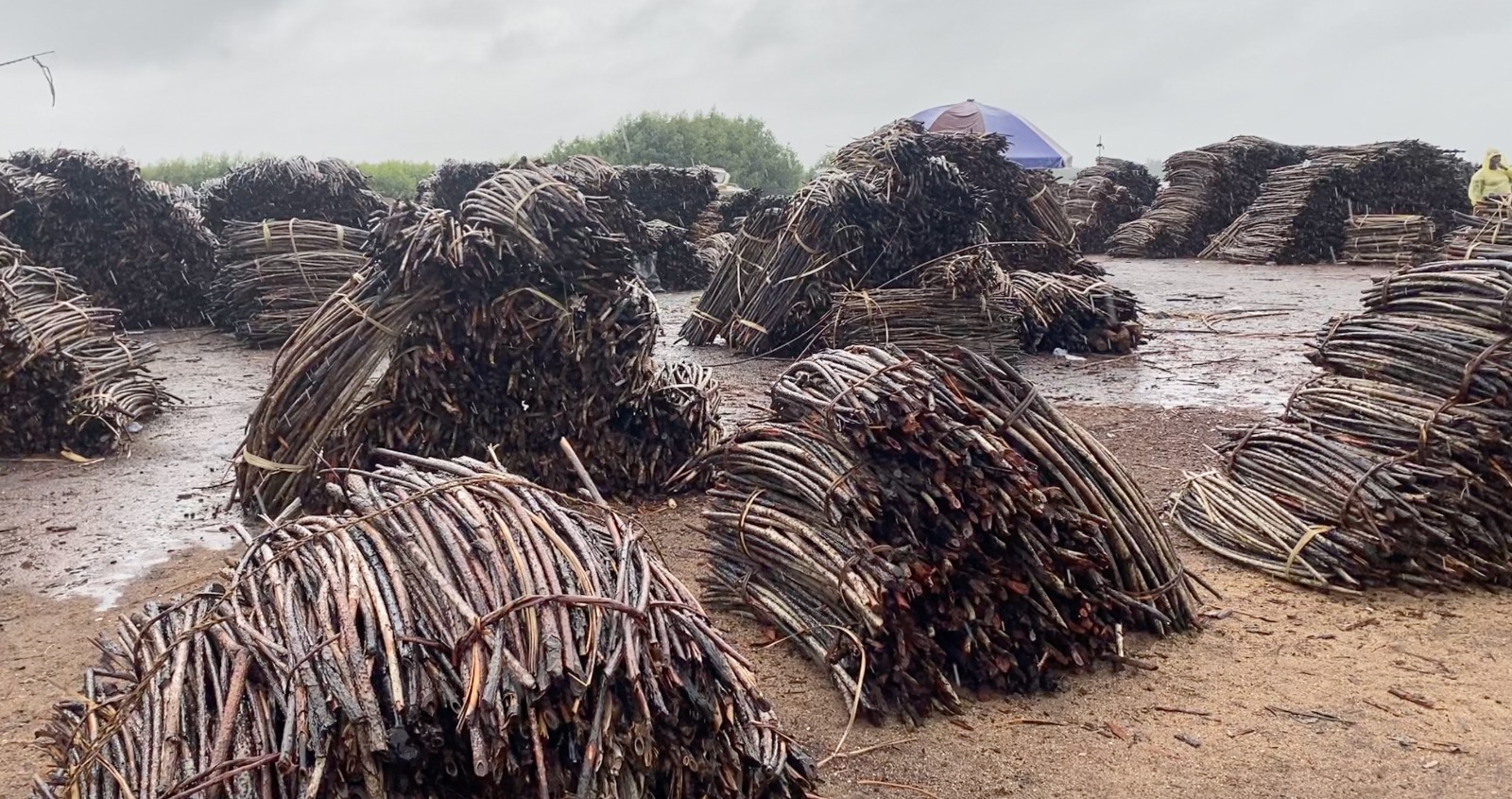The International Union for Conservation of Nature (IUCN) and the European Union have paid a working visit to various mangrove restoration sites in Volta Region including Keta Ramsar Site.
The restoration exercise forms part of the EU-funded project ‘Management of Mangroves Forest from Senegal to Benin” which is also called “PAPBio C1-Mangroves” from 2019-2024.

The Project Coordinator of PAPBio Governance, Arsene Alain Sanon in his visit to some communities remarked that “with the achievement we have, we will ensure that we have a long-lasting impact under long-lasting conservation outcomes for the benefit of both people and nature”.
The project is in two phases thus the restoration of degraded mangrove sites and the establishment of community woodlots.

The Programmes Manager for A Rocha, Mr Prosper Kwame Antwi explained that “a total of 21 hectares of degraded mangrove areas” are being restored with 70,000 seedlings of both White and Red Mangroves in the Galotse, Bomingo, Galo, Sota, Toprakpo, and Hawei communities.
Also, 6 hectares of community woodlots have been made in Galotse, Bomingo, and Sota to address deforestation associated with wood fuel and construction needs. This is done with 14,000 seedlings of Acacia, Casia, and Mahogany.

The Project Assistant at the International Union for Conservation of Nature (IUCN) Ghana Project Office, Mr Anthony Adeea Mba explained that the Keta Ramsar Site which is among the selected area is of international importance with essential biodiversity resources.
“What compelled members of these communities, especially those whose livelihood depends on the resources, to willingly engage in the regenerative activity is that they realised they were getting a low harvest of many fisheries resources. So, a sensitisation on the happenings motivated them,” he said.


A beneficiary at the Galotse community, Jacob Adjika reaffirmed the impact of the project stating that “when you come here (some parts of Galotse) you’ll realise that the place is too bushy and there’s nothing at all with only cows grazing. But with the coming of the IUCN project, we have been able to plant about 2 hectares of woodlots over here. We have planted mangroves, woodlots, and so on.”
Mr Adija added that he’s being able to establish “2 acres of coconut farm which they (IUCN,EU and its implementing partners) supported me”.

The restoration exercise forms part of the EU-funded project ‘Management of Mangroves Forest from Senegal to Benin” which is also called “PAPBio C1-Mangroves” from 2019-2024.

The team led by the Project Assistant at the International Union for Conservation of Nature (IUCN) Ghana Project Office, Mr Anthony Adeea Mba comprised of Project Coordinator- PAPBio Governance, Arsene Alain Sanon; Communications Officer-IUCN PAPBio C1 Mangrove project, Bara Top; Admin officer IUCN Burkina, Edith Gisele Marie Adogo, the Programmes Manager for A Rocha, Mr Prosper Kwame Antwiand, Ghana Wildlife Division, reps from the AU and EU.















